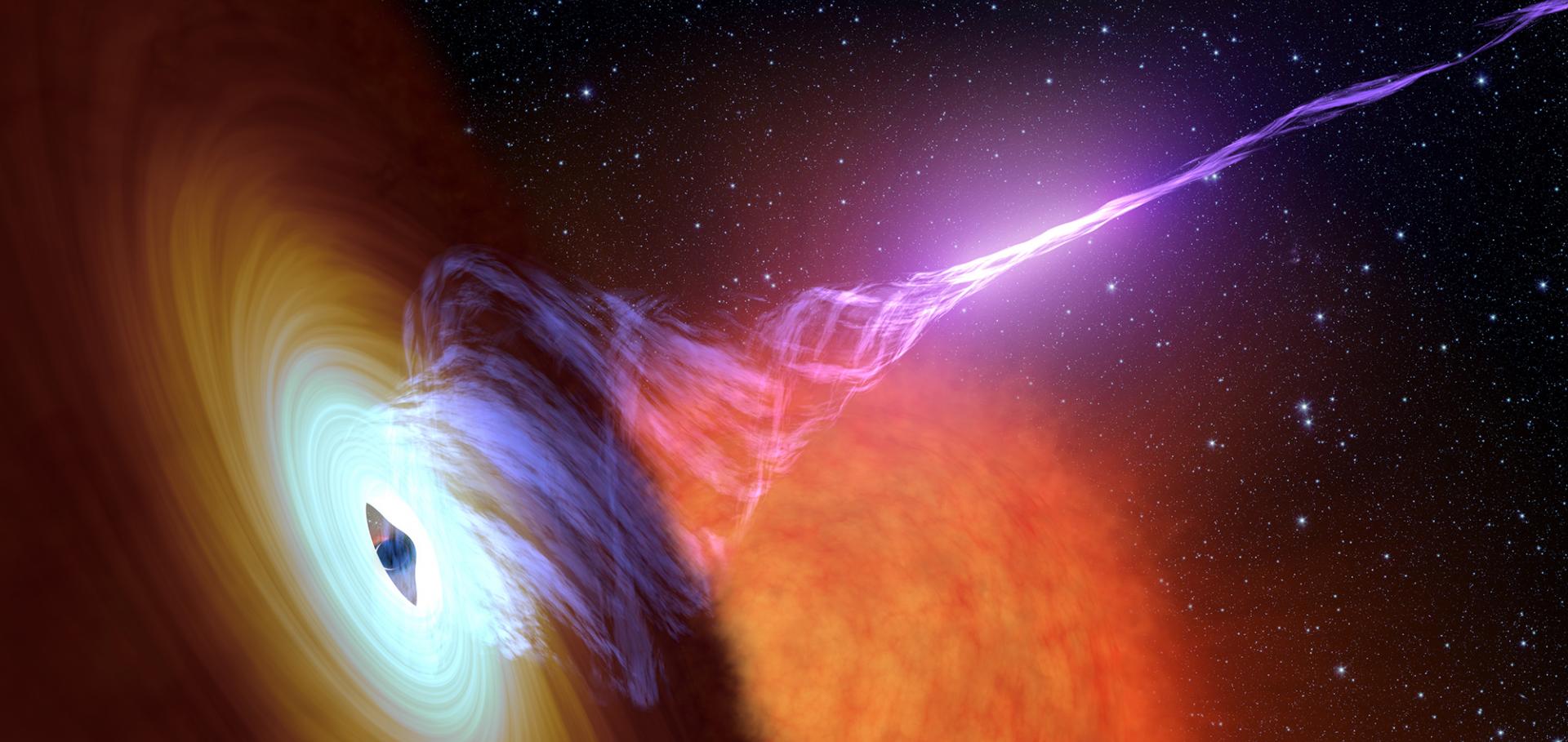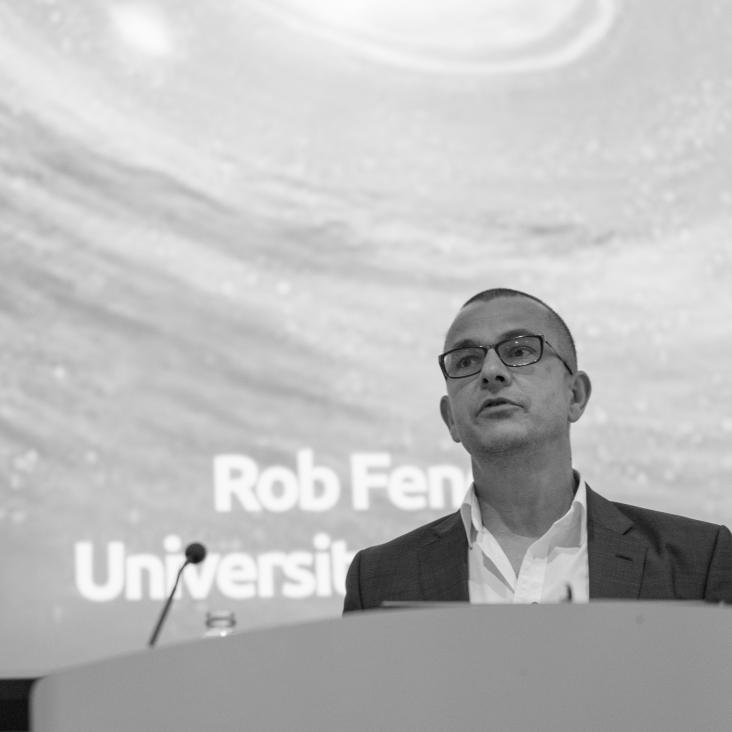Jets from X-ray binaries
Chapter in Compact Stellar X-ray Sources, Cambridge University Press (CUP) (2006) 381-420
The XMM-Newton/Chandra monitoring campaign of the Galactic center region
Astronomy & Astrophysics EDP Sciences 449:3 (2006) 1117-1127
Jet-dominated advective systems: radio and X-ray luminosity dependence on the accretion rate
(2006)
Structure in the radio counterpart to the 2004 December 27 giant flare from SGR 1806–20
Monthly Notices of the Royal Astronomical Society: Letters Oxford University Press (OUP) 367:1 (2006) l6-l10


